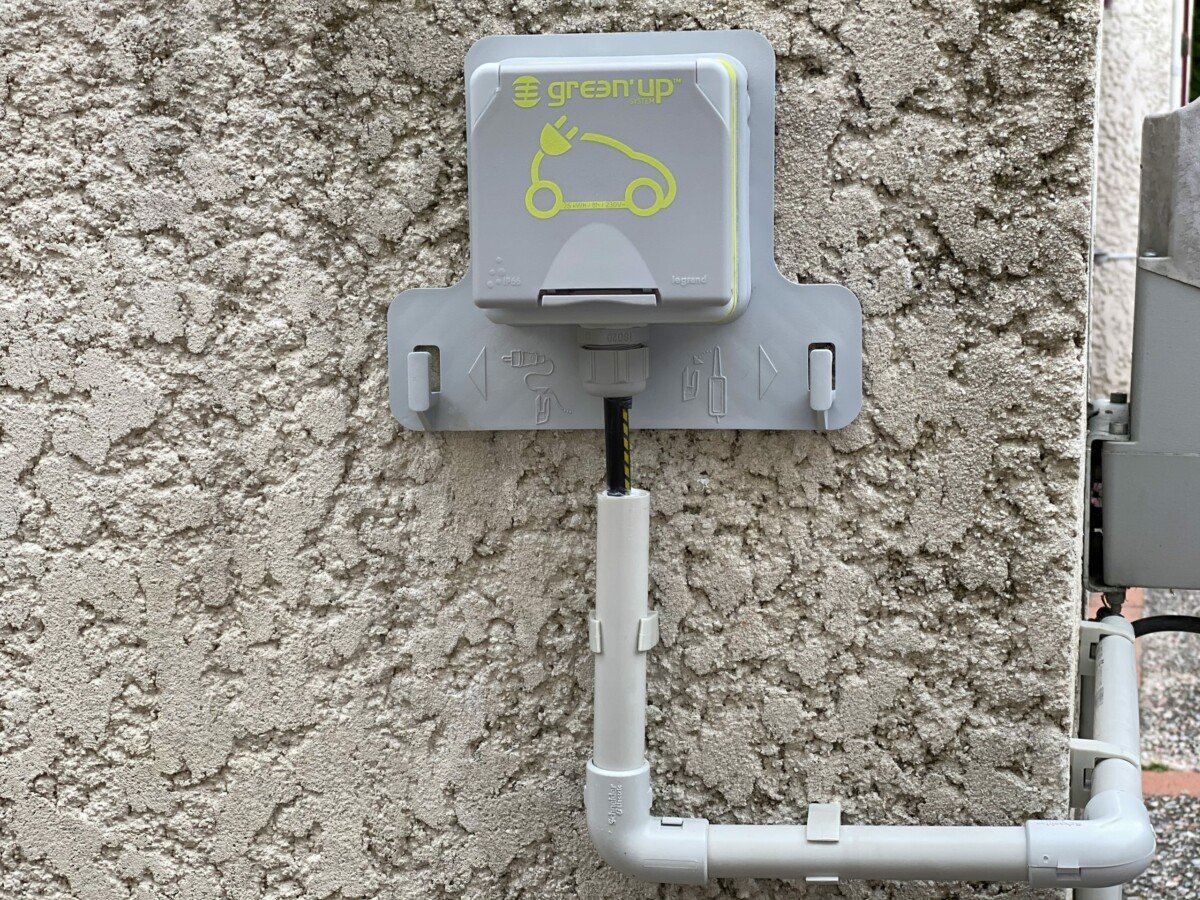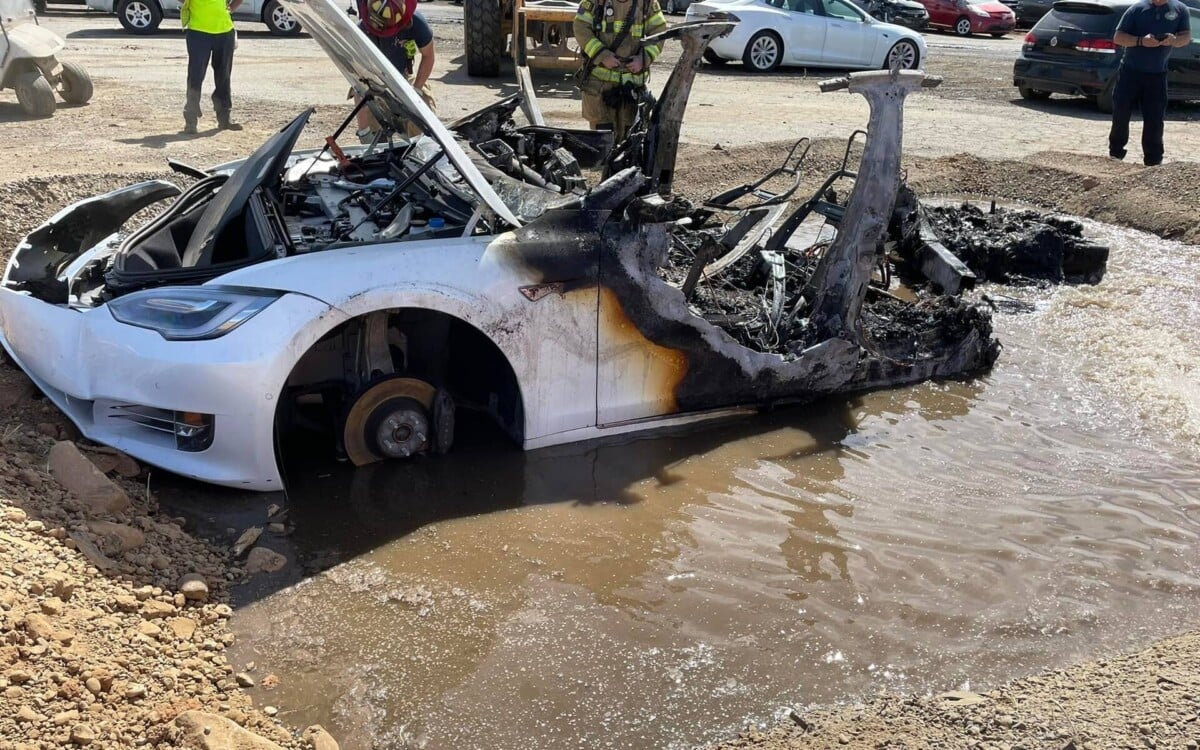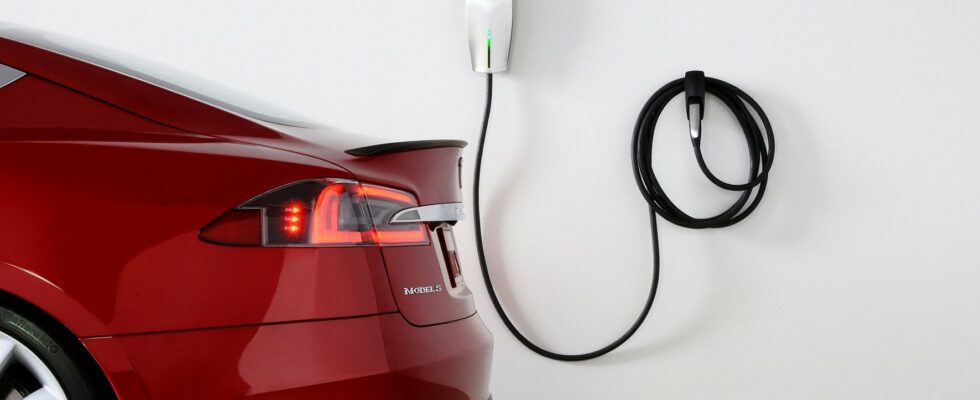Here we will look at the best practices to follow when charging your electric car at home. In particular, what are the possible dangers of leaving the vehicle plugged in for hours at a time.
If we all have many products plugged into a power outlet 24 hours a day (refrigerator, internet box, TV, etc.), leaving an electric car plugged in for hours can make you fear the worst. Between real risks of overheating, legislation and good practices, we will see what to do and not to do with your electric car charging.
What the law says
Decree No. 2017-26 of January 12, 2017 relating to charging infrastructure for electric vehicles specifies that on a conventional domestic socket, the intensity must be limited to 8 A to recharge an electric car.
In practice, this means that to comply with the decree, you cannot charge an electric car at more than 2 kW if you do not have dedicated equipment. It is therefore necessary to use a mobile charger (whether or not supplied with your electric car) to lower the intensity, so that it does not exceed 8 A. Otherwise, you must be able to lower the intensity directly on the car , or via the companion mobile app.

A reinforced Green’Up type socket allows charging at 16 A, or 3.7 kW, and it is the only device that an individual is authorized to install themselves. As soon as the intensity exceeds 16 amps, the installation must be done by a professional to comply with standards. Generally, these are Wallboxes allowing charging up to 32 A (7 kW) in single phase, or 16 A in three phase (11 kW).
The decree cited above is there to protect people from the risks of overheating and fire on electrical installations that may be questionable. So, if you suspect an electrical installation that is not up to standard, do not plug in your vehicle.
The risks of leaving a car plugged in overnight
The main risks when an electric car is plugged in overnight are risk of heating of the equipment, which could turn into a fire. Indeed, if the section of cable used for the electrical installation is too thin, the heating caused by recharging an electric car can lead to a fire.

Note that the car itself has very little chance of being the cause of the fire, it is indeed the electrical installation which is to blame. To find out which cable diameter to use, contact an authorized professional, who will be able to provide you with relevant advice depending on your installation.
In essence, it is not so much the plugged-in electric car that is the cause of the problem; overheating leading to a fire could just as well have occurred if other devices requiring high intensity for a long enough time (additional heater, air conditioner, etc.) were plugged into a power outlet.
How long does it take to charge an electric car?
Depending on the case, you will have no choice but to leave your electric car plugged in overnight, or even longer to fill it up completely. We will therefore explain the different cases in a table that you will find below, but to give you a general idea, remember this:
- One hour of charging from a domestic outlet adds 15 kilometers of range
- One hour of charging on a 7 kW Wallbox adds 50 kilometers of range
- One hour of charging on an 11 kW Wallbox adds 80 kilometers of range (only certain vehicles are compatible)
- One hour of charging on a 22 kW Wallbox adds 160 kilometers of range (only certain vehicles are compatible)
So, by charging for eight hours at home on a domestic socket, you get enough to travel around 120 kilometers, and you will fill almost all the electric cars on the market with a 7 or 11 kW Wallbox. For each power (in kW), you will add the equivalent in energy (in kWh) in one hour: one hour of charging on a 7 kW Wallbox will add 7 kWh to the battery.
| Charging type | Autonomy recovered in 1 hour | Time to add 60 kWh |
|---|---|---|
| 2.3 kW domestic socket | 15 kilometers | 26 hours |
| Reinforced socket 3.7 kW | 25 kilometers | 16 hours |
| Wallbox 7 kW | 50 kilometers | 9 hours |
| Wallbox 11 kW | 80 kilometers | 6 hours |
| Wallbox 22 kW | 160 kilometers | 3 hours |
| 50 kW fast charging | 250 kilometers | 1 hour 15 minutes |
| Fast charging > 150 kW | 500 kilometers | 30 minutes |
So, if you recharge a Tesla Model 3 Grande Autonomie and its 80 kWh battery on an 11 kW Wallbox, you will add 14% of battery per hour. If you instead have an MG4 with a 51 kWh battery, it will be 14% per hour of charging on a 7 kW Wallbox. Or, if you have a Renault Mégane e-tech EV60 with a 60 kWh battery, you will add 12% per hour on a 7 kW Wallbox, 18% per hour on an 11 kW Wallbox, and up to 37% per hour on a 22 kW Wallbox.
Should you unplug your electric car?
In conclusion, you must keep in mind that a plugged-in electric car is not always synonymous with a charging car. In fact, if you fill up your electric car in just a few hours, the charging will stop, even if the car remains plugged in.
There is therefore no need to wake up in the middle of the night to unplug your car, it will no longer consume energy once charging is complete.. Finally, for greater comfort and peace of mind, choose charging on a Wallbox rather than a domestic outlet when possible. You will charge faster, more efficiently, and with an installation done by a professional, you prevent yourself from the risks associated with an installation that is not up to standard.
Want to find the best Frandroid articles on Google News? You can follow Frandroid on Google News in one click.
